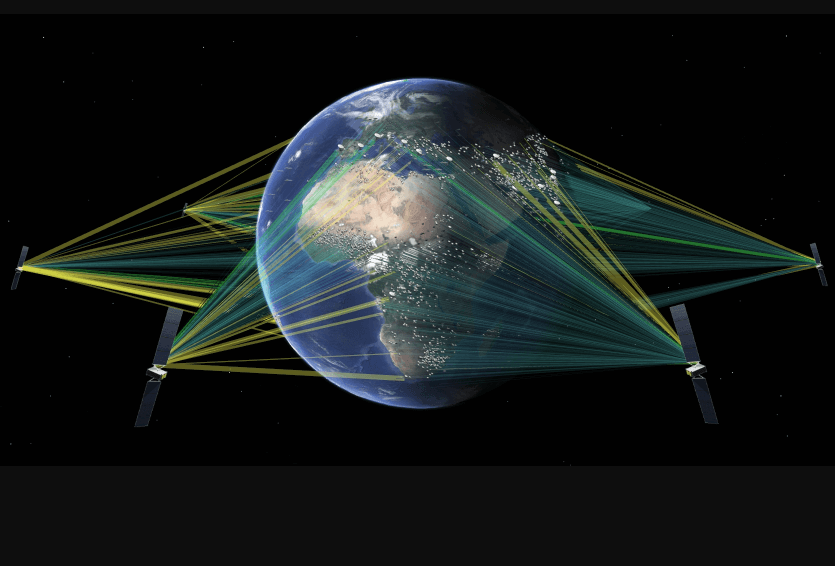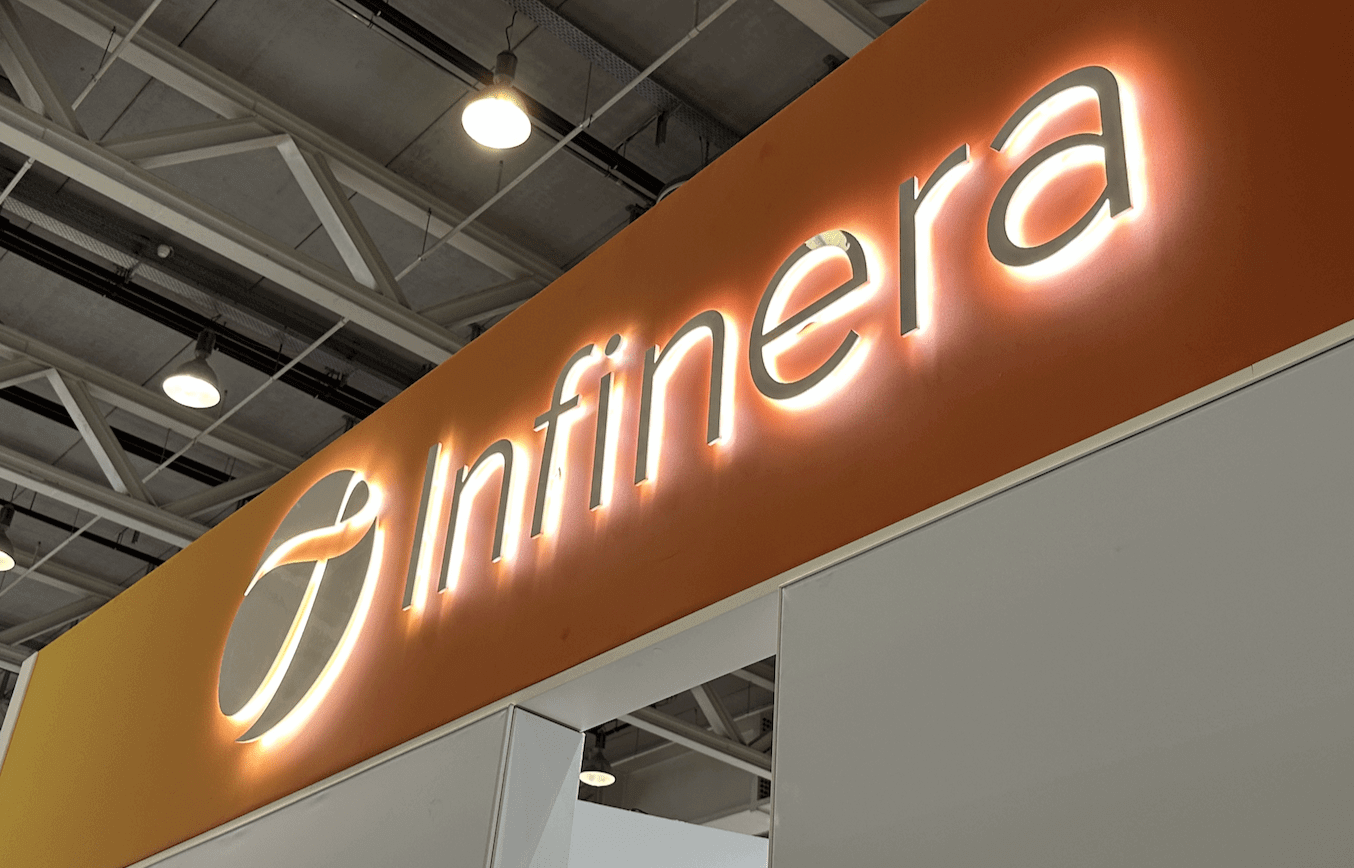Spending on compute and storage infrastructure products for cloud deployments, including dedicated and shared IT environments, increased 24.7% year over year in the third quarter of 2022 (3Q22) to $23.9 billion, according to IDC's Worldwide Quarterly Enterprise Infrastructure Tracker: Buyer and Cloud Deployment report.
Some highlights from IDC:
Spending on cloud infrastructure continues to outgrow the non-cloud segment although the latter had strong growth in 3Q22 as well, increasing at 16.5% year over year to $16.8 billion. The market continues to benefit from high demand and large backlogs, coupled with an improving infrastructure supply chain.
Spending on shared cloud infrastructure reached $16.8 billion in the quarter, increasing 24.4% compared to a year ago. IDC expects to see continuous strong demand for shared cloud infrastructure with spending expected to surpass non-cloud infrastructure spending in 2023. The dedicated cloud infrastructure segment grew 25.3% year over year in 3Q22 to $7.1 billion. Of the total dedicated cloud infrastructure, 45.2% was deployed on customer premises.
 For the full year 2022, IDC is forecasting cloud infrastructure spending to grow 19.6% year over year to $88.1 billion – a noticeable increase from 8.6% annual growth in 2021.
For the full year 2022, IDC is forecasting cloud infrastructure spending to grow 19.6% year over year to $88.1 billion – a noticeable increase from 8.6% annual growth in 2021.
Non-cloud infrastructure is expected to grow 10.7% to $64.7 billion. Shared cloud infrastructure is expected to grow 19.0% year over year to $60.9 billion for the full year while spending on dedicated cloud infrastructure is expected to grow 21.2% to $27.3 billion for the full year.
IDC tracks various categories of service providers and how much compute and storage infrastructure these service providers purchase, including both cloud and non-cloud infrastructure. The service provider category includes cloud service providers, digital service providers, communications service providers, and managed service providers. In 3Q22, service providers as a group spent $23.9 billion on compute and storage infrastructure, up 22.5% from the prior year. This spending accounted for 58.7% of the total market. Non-service providers (e.g., enterprises, government, etc.) increased their spending at a similarly high rate, 19.3% year over year. IDC expects compute and storage spending by service providers to reach $87.8 billion in 2022, growing at 17.5% year over year.
On a geographic basis, year-over-year spending on cloud infrastructure in 3Q22 increased in all regions except Central and Eastern Europe (CEE), which is impacted by the Russia-Ukraine war. Spending in CEE declined 35.1% year over year in the quarter. The Middle East and Africa (MEA), the United States, and Western Europe grew the most at 65.8%, 32.1%, and 31.3% year over year, respectively. All other regions demonstrated growth in the teens and twenties percentage range.
For the full year 2022, cloud infrastructure spending is expected to grow in all regions except CEE, with four regions – Asia/Pacific (excluding Japan and China), MEA, USA, and Western Europe – expecting to post annual growth in the 20-35% range.
Long term, IDC predicts spending on cloud infrastructure to have a compound annual growth rate (CAGR) of 12.9% over the 2021-2026 forecast period, reaching $135.1 billion in 2026 and accounting for 67.3% of total compute and storage infrastructure spend. Shared cloud infrastructure will account for 72.3% of the total cloud amount, growing at a 13.8% CAGR. Spending on dedicated cloud infrastructure will grow at a CAGR of 10.7% to $37.4 billion. Spending on non-cloud infrastructure will have a CAGR of 2.3%, reaching $65.6 billion in 2026.
Spending by service providers on compute and storage infrastructure is expected to grow at a CAGR of 12.1%, reaching $131.9 billion in 2026.
https://www.idc.com/getdoc.jsp?containerId=prUS50037523



















